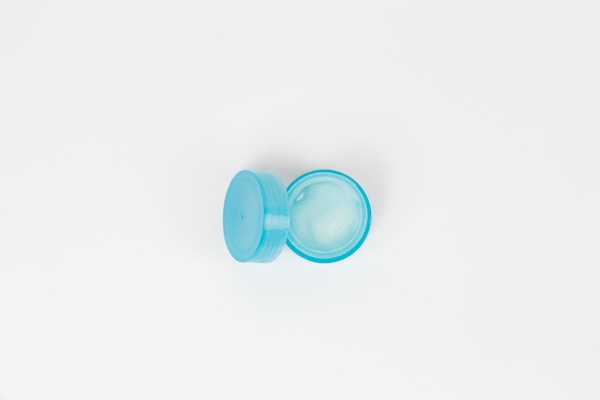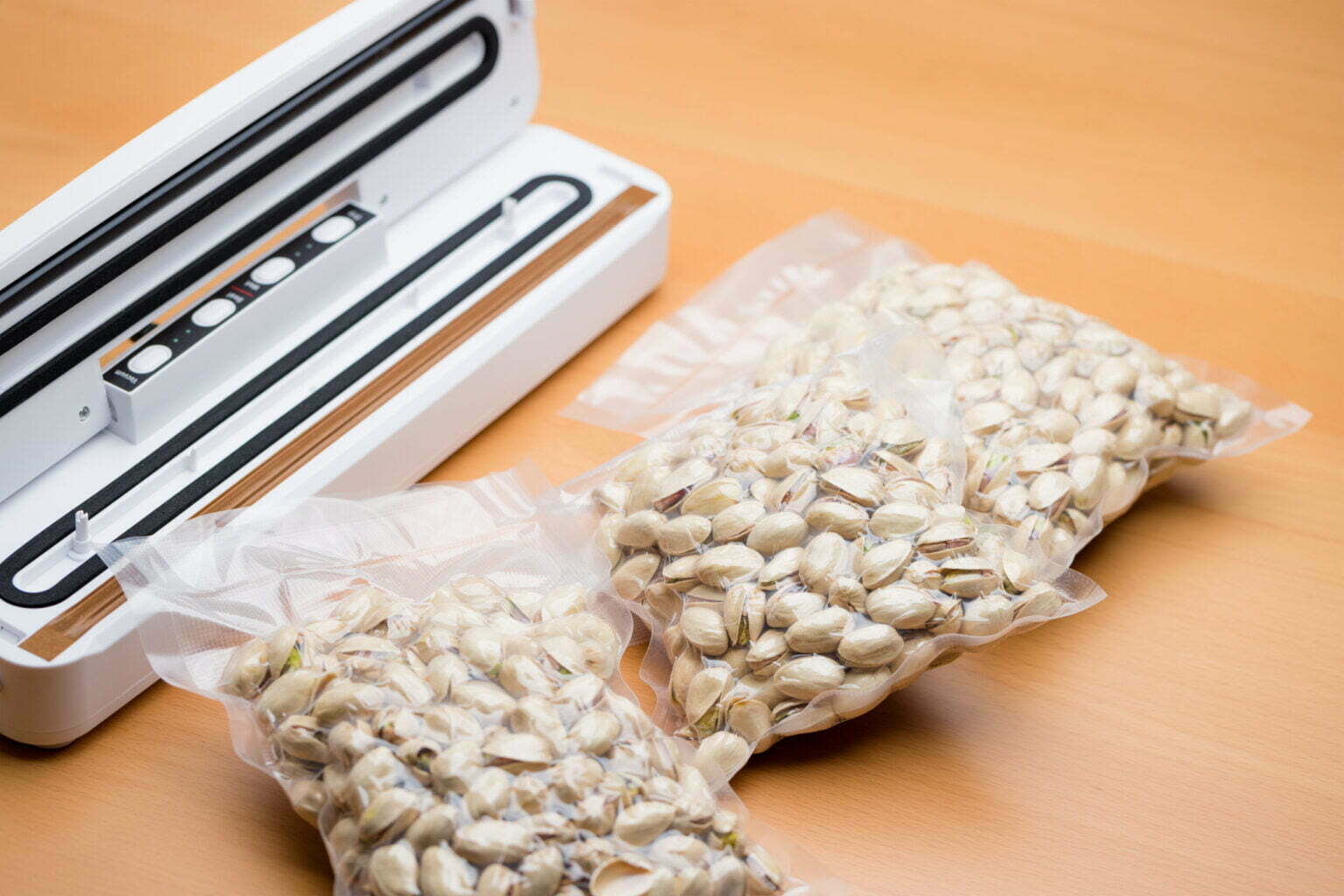Induction sealing machines are an important tool for the packaging industry. They provide a secure, reliable, and cost-effective way to seal containers, protecting the product inside and ensuring it stays fresh. In this article, we will explore the advantages of using induction sealing machines and tips for using them effectively. Keep reading to learn more.
What is an induction sealing machine?

An induction sealing machine is a device that is used to apply a hermetic seal to containers using induction heating. This type of seal is commonly used in the food and beverage industry to prevent contamination, leakage, and tampering. The machine uses an electromagnetic field to heat a metallic foil liner placed over the container’s opening. This causes the lining material to bond to the container’s sealable surface, creating a tight and secure seal that protects the contents of the container from outside elements.
Induction sealing machines are essential pieces of equipment for manufacturers and packagers who require a secure and reliable way to seal their products for shipping, transportation, and storage. They provide quick and efficient sealing solutions with minimal production interruptions, allowing for increased productivity and profitability in the long term.
What products can an induction sealing machine be used for?
Induction sealing machines can be used for a wide range of products, including food, beverage, pharmaceuticals, cosmetics, and chemical products. Furthermore, they can be used for products that must be tamper-evident or child-resistant. Induction sealing machines are easy to use, reliable, and have low running costs. They provide an efficient and effective solution to packaging challenges in various industries.
What are the benefits of using an induction sealing machine?

The induction sealing process is fast and can be completed with minimal operator involvement, which increases efficiency and reduces labor costs. There are several benefits of using an induction sealing machine.
Induction sealing machines ensure a secure and reliable seal.
The seal produced by an induction sealer is airtight, providing an excellent barrier against contamination, spoilage, and evaporation. It ensures that the product inside the container remains fresh and of high quality by preventing any air or moisture from entering the container.
Induction sealing can significantly increase the shelf life of various products.
This means that products can be stored for longer periods without worrying about deterioration of quality, taste, or aroma. The airtight seal created by the machine prevents air and moisture from entering the container, which can cause the oxidation of the product.
This is particularly important for products that are sensitive to oxygen, moisture, or light. By protecting the product in this way, the shelf life is extended, and the product remains fresh, safe, and appealing to consumers for longer periods, which helps to boost sales and customer satisfaction.
They provide visual evidence of tampering.
This is particularly important for products like pharmaceuticals and food items. Because the foil seal tightly adheres to the top of the container, any attempt to remove it will cause the foil to tear or break. This makes it difficult for counterfeiters or other malicious actors to tamper with the product without leaving clear evidence of their actions.
They are easy to use and require minimal maintenance.
Induction sealing machines are manufactured with high-quality materials, making them robust and durable. Their simple design means they operate with few moving parts, reducing the likelihood of wear and tear.
Induction sealing machines offer a number of benefits, from improving product integrity and shelf life to reducing costs. Induction sealing machines help ensure that customers get the highest quality product by providing an airtight seal and keeping contaminants out. Additionally, they can help manufacturers reduce costs associated with packaging, labor, and material.






